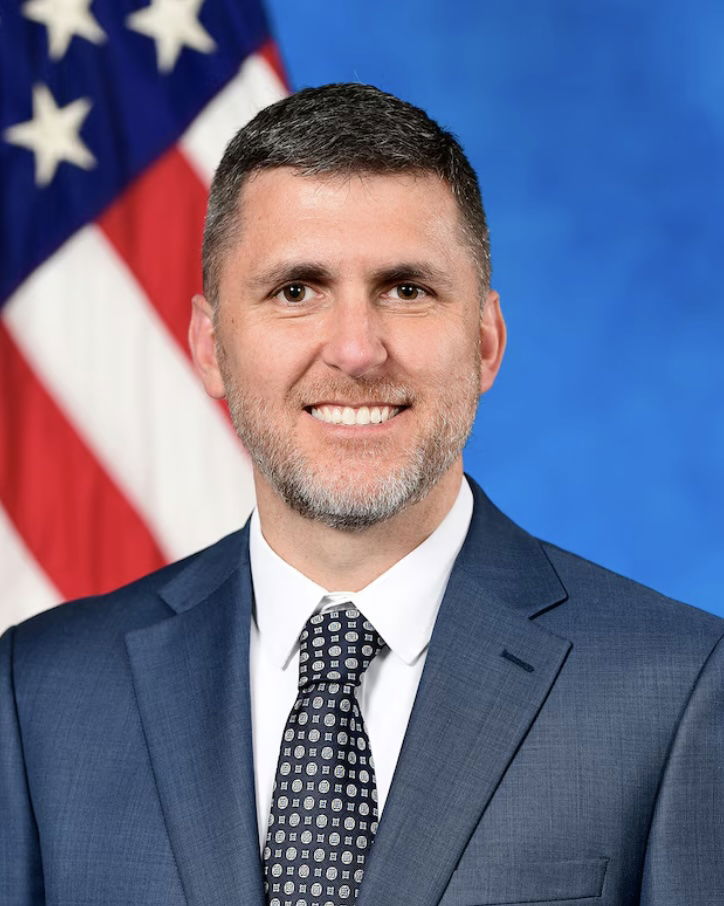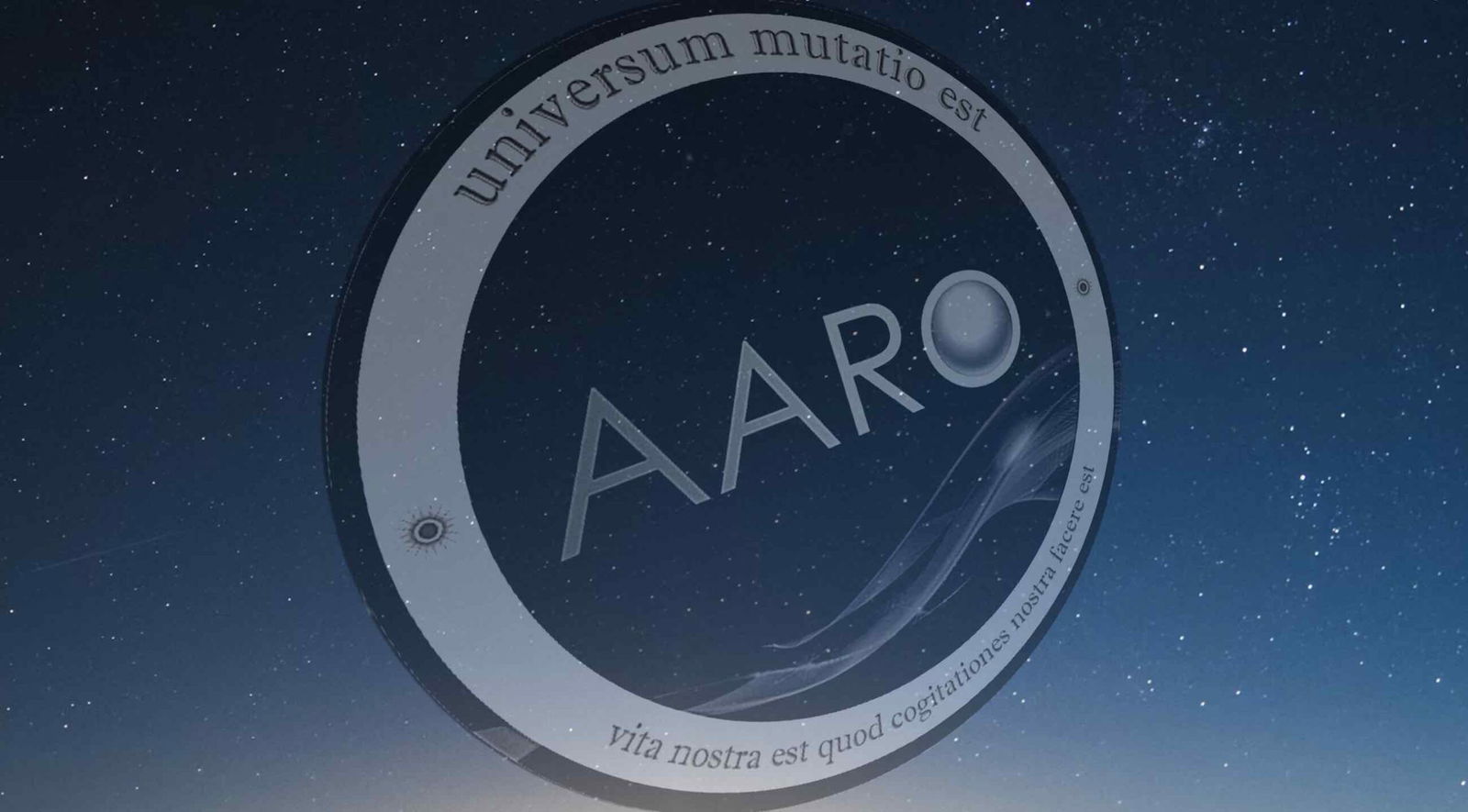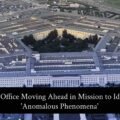The Pentagon’s office tasked with the official investigation of UFOs has selected a new director to lead its efforts in resolving sightings of unusual phenomena reported by military personnel.
The All-domain Anomaly Resolution Office (AARO), which studies incidents involving what the military now calls Unidentified Anomalous Phenomena (UAP), announced on Monday that Dr. Jon T. Kosloski has been selected as its new full-time director.
“Dr. Kosloski brings extensive experience working in multiple scientific fields, including quantum optics and crypto-mathematics, as well as leading mission-oriented research and analysis teams,” a Pentagon statement read. Kosloski holds a Ph.D. in Electrical Engineering from Johns Hopkins University and Bachelor’s degrees in Mathematics and Physics from California State University, San Bernardino.
Prior to Kosloski’s appointment, Tim Phillips served as AARO’s interim director since October 2023, following the departure of the office’s inaugural full-time director, Sean Kirkpatrick, who led AARO’s efforts since its establishment in July 2022.


AARO’s mission includes the detection, tracking, analysis, and management of UAP “by way of normalized DoD, Intelligence Community and civil business practices” and “adherence to the highest scientific and intelligence tradecraft standards,” according to a statement on the office’s official website. AARO’s vision includes efforts to conduct its investigations “with the greatest transparency and shared awareness,” the statement reads.
The UFO subject has traditionally remained controversial due partly to a lack of irrefutable scientific data that exists to corroborate claims of alleged exotic origins for some of the observations. This, along with accusations of secrecy by the U.S. government, has helped propel stigmas that hindered official UFO reporting by U.S. military personnel.
In 2017, reporting by the New York Times, Washington Post, and Politico helped revive widespread public interest in the subject by revealing that U.S. government agencies had been involved in the investigation of aerial mysteries and related phenomena in recent years. Prior to that time, it had long been accepted that official inquiries into such phenomena in the U.S. ended with Project Blue Book, the U.S. Air Force’s official UFO investigation, which concluded in 1970.
In 2019, the U.S. Navy announced plans to implement new guidelines for pilots and other military personnel who wished to report sightings of unusual objects or phenomena in an effort to overcome the long-prevailing stigmas against the subject.
The following year, the DoD announced the establishment of the UAP Task Force (UAPTF), an effort that resulted in the publication of a preliminary assessment released by the Office of the Director of National Intelligence (ODNI). The report assessed that many UAP sightings “probably do represent physical objects” because of their registry across multiple sensor capabilities.
In at least some cases, the unidentified objects “reportedly appeared to exhibit unusual flight characteristics.” However, the report conceded that such incidents “could be the result of sensor errors, spoofing, or observer misperception,” adding that “multiple types of UAP” are likely to exist, “requiring different explanations based on the range of appearances and behaviors described in the available reporting.”
Following the UAPTF’s assessments, the ongoing occurrence of UAP incidents in U.S. Special Use Airspace (SUA) led Deputy Secretary of Defense Kathleen Hicks to direct the Under Secretary of Defense for Intelligence and Security (USD(I&S)) to establish the Airborne Object Identification and Management Synchronization Group (AOIMSG). The AOIMSG mission, according to a memorandum issued on November 23, 2021, was to “synchronize efforts across the Department and with other Federal departments and agencies to detect, identify and attribute objects of interests (sic) in SUA, and to assess, and as appropriate, mitigate any associated threats to safety of flight and national security.”
Following bill language that later expanded the scope of the AOIMSG’s efforts beyond incidents in SUA, the new UAP investigative office became rebranded as the All-domain Anomaly Resolution Office and officially launched in July 2022.
More than a year after AARO was established, an official website associated with the office was launched in August 2023. Later in November of that year, AARO included an official secure reporting mechanism on the site, which provided military and other government personnel “with direct knowledge of U.S. Government programs or activities related to UAP dating back to 1945,” a medium for conveying such information to AARO.
However, the website’s reporting mechanism was only designated for use with unclassified information, and AARO did not include a similar reporting feature for members of the general public.
In 2024, AARO issued the first installment of a two-volume historical report, which said the office had found no evidence of legacy programs long alleged to have been involved in retrieving UAP hardware from purported crashes and other incidents over the decades. The historical report also said AARO had found no convincing evidence linking UAP sightings to extraterrestrial phenomena.
On Monday, the Pentagon said Kosloski’s new appointment will aim to “minimize technical and intelligence surprise by synchronizing scientific, intelligence, and operational detection, identification, attribution, and mitigation of unidentified anomalous phenomena (UAP) in the vicinity of national security areas.”
“Under his leadership, AARO will continue to examine the U.S. government historical record relating to UAP, as well as efforts to declassify and release UAP-related records to the greatest extent possible,” the statement read. Additional information on Kosloski can be found on a bio page made available on the U.S. Department of Defense website.
Micah Hanks is the Editor-in-Chief and Co-Founder of The Debrief. He can be reached by email at micah@thedebrief.org. Follow his work at micahhanks.com and on X: @MicahHanks.

